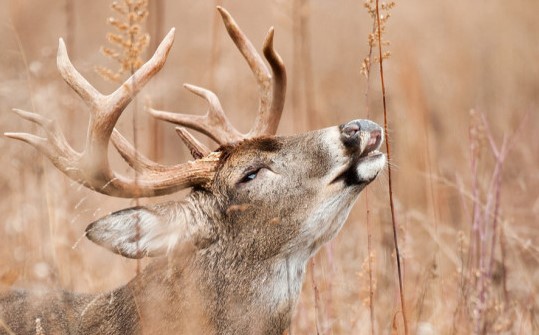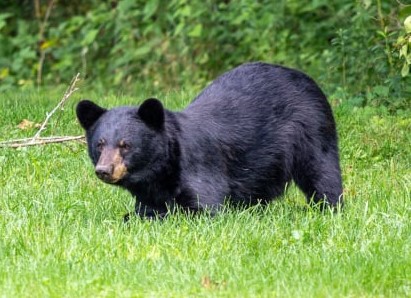White-tailed deer, like many other animals, communicate using scents known as pheromones. These scents are released from various glands located on their bodies. Here are some ways white-tailed deer communicate with scents:
- Interdigital glands: White-tailed deer have interdigital glands located between the two main hooves on each foot. These glands release pheromones that are deposited as the deer walk, allowing them to mark their territory and communicate information about their presence to other deer.
- Tarsal glands: Tarsal glands are located on the inside of the deer’s hind legs. These glands produce a strong-smelling substance that deer use to communicate with each other. Bucks will often rub their tarsal glands on trees or brush to leave their scent behind, signaling their presence and dominance to other deer.
- Preorbital glands: White-tailed deer have preorbital glands located near their eyes. These glands produce a scent that deer use for various purposes, such as marking territory, communicating with other deer, and even calming themselves in stressful situations.
- Urinary scent: Deer also use their urine to communicate through scent. They may urinate in specific locations to mark their territory or leave behind information about their reproductive status.
By using these different scent glands and methods, white-tailed deer can convey information about their identity, reproductive status, dominance, and territory to other deer in their environment.




